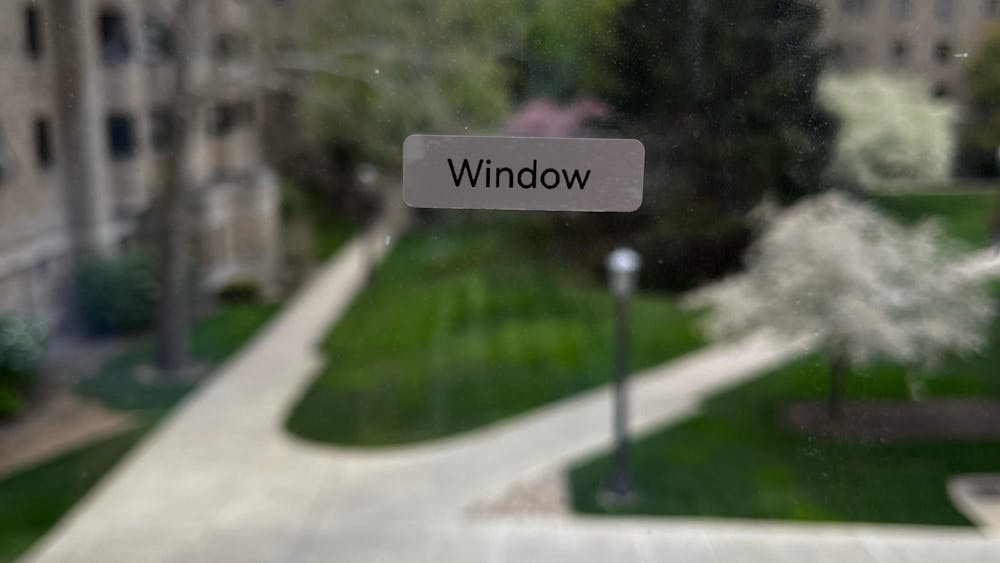I had a moment of clarity when I began to slide in the manure.
"Oh my goodness," I thought. "I'm not cut out for the dairy farm business."

I didn't fall face-first, but my clothes were not anywhere near as clean when I left the Clayton Crest Dairy Farm as when I arrived.
"Wear clothes you can hose off," John Clayton, one of the farm's owners, told me.
My time spent at the farm, on the several occasions I have visited the Middlebury, Ind., property, has been filled with cow manure, barn cats, mooing, milk and baby calves. My mom is dating John Clayton, and I have tagged along when they go to do chores. I may not be cut out to dairy farm full-time, but I do enjoy spending time on the farm.
The Claytons have a unique situation. They do not own the farm that their cows live on — instead, they rent out some space on a much larger farm. They do this for multiple reasons — chief among them is that the entire family has full-time jobs on top of dairy farming. In fact, John Clayton's day job is in the mental health business, and he works on the dairy farm and farms corn and soybeans.
And I feel out of breath taking the stairs to my dorm room.
While the Claytons may not own the farm, they are responsible for the chores related to their cows. That means someone from the family, whether rain, sleet or snow, has to go out to the farm to feed and water the cows, as well as take care of the calves and help the pregnant heifers.

I had the pleasure of feeding the newborn calves in the "nursery," as they call it on the farm. My first calf, a small bull calf only a day and a half old, was already on his feet and curiously wandering about.
John showed me how to hold the bottle properly and how to hold the baby's neck, but it wasn't easy. Eventually I had one leg over the calf, straddling him and forcing the bottle between his lips. He would drink and drink, cough, shake his head violently and then want more milk. The trick was timing when he would shake his head so I didn't get covered in his food.
Beyond using these cows for milk, the Claytons show some of their cows. The family genetically breeds some of their cows for show, where they can sell embryos and eggs for thousands of dollars if their cows perform well.
What the Clayton family and others like them are doing is much more than just milk and pails. They are part-time geneticists, hairdressers on show days, baby-sitters and technicians on farm equipment — all on top of being dairy farmers.
As I stood there, ankle-deep in manure (my poor, poor rain boots), I realized that working with these animals has given me a greater appreciation for what it takes to be a farmer in today's economic climate. Keep these men and women in mind — especially as you slurp that bowl of milk and cereal in South, perusing The Observer before your morning class.
Contact Amanda Gray at agray3@nd.edu
The views expressed in the Inside Column are those of the author and not necessarily those of The Observer.












